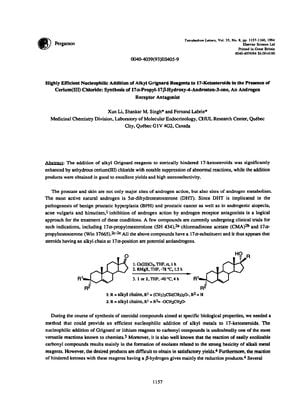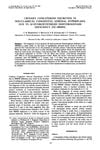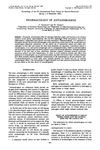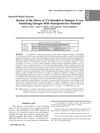Highly Efficient Nucleophilic Addition of Alkyl Grignard Reagents to 17-Ketosteroids in the Presence of Cerium(III) Chloride: Synthesis of 17α-Propyl-17β-Hydroxy-4-Androsten-3-One, an Androgen Receptor Antagonist
February 1994
in “
Tetrahedron Letters
”

TLDR Adding cerium(III) chloride to Grignard reagents improves the making of compounds that could treat prostate issues and hair loss.
The study from 1994 demonstrated that the use of anhydrous cerium(III) chloride significantly improved the nucleophilic addition of alkyl Grignard reagents to 17-ketosteroids, yielding high amounts and high stereoselectivity of the addition products. This method was notably effective in synthesizing 17α-propyl-17β-hydroxy-4-androsten-3-one, a compound with potential as an androgen receptor antagonist for treating conditions such as benign prostatic hyperplasia, prostatic cancer, and androgenic alopecia. The RMgX-Ce(III)Cl3 complex facilitated the efficient introduction of alkyl chains at the 17α-position of 17-ketosteroids, overcoming previous challenges in preparing these compounds for biological evaluation. For instance, the addition of n-BuMgCl-Ce(III)Cl3 complex to 17-ketosteroids resulted in a 91% yield of the addition product, and the synthesis of 17α-propyltestosterone was achieved with excellent yield and high stereoselectivity. The research was funded by Endorecherche and offered a novel method for synthesizing steroidal compounds with targeted biological activities.


